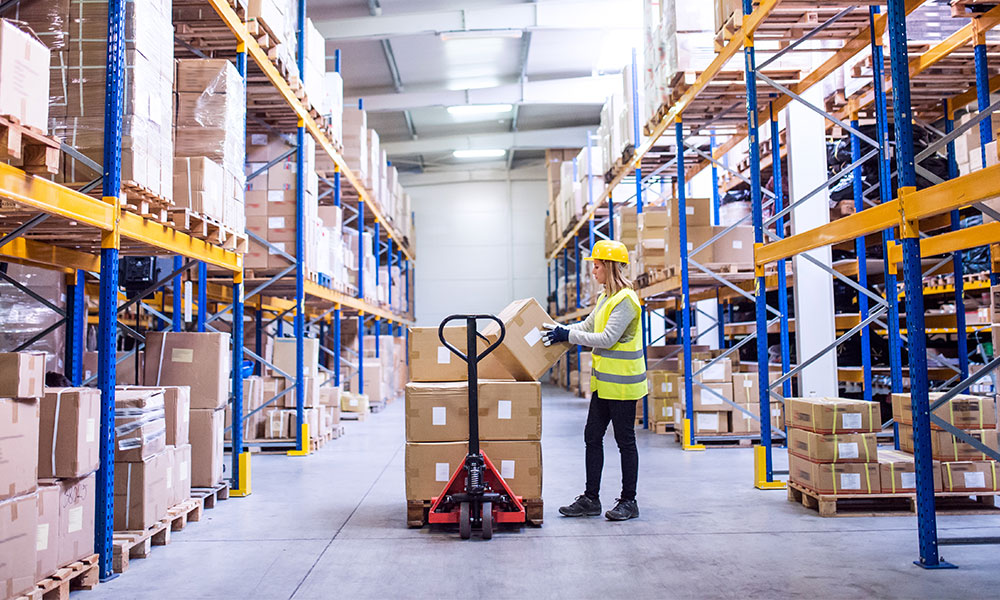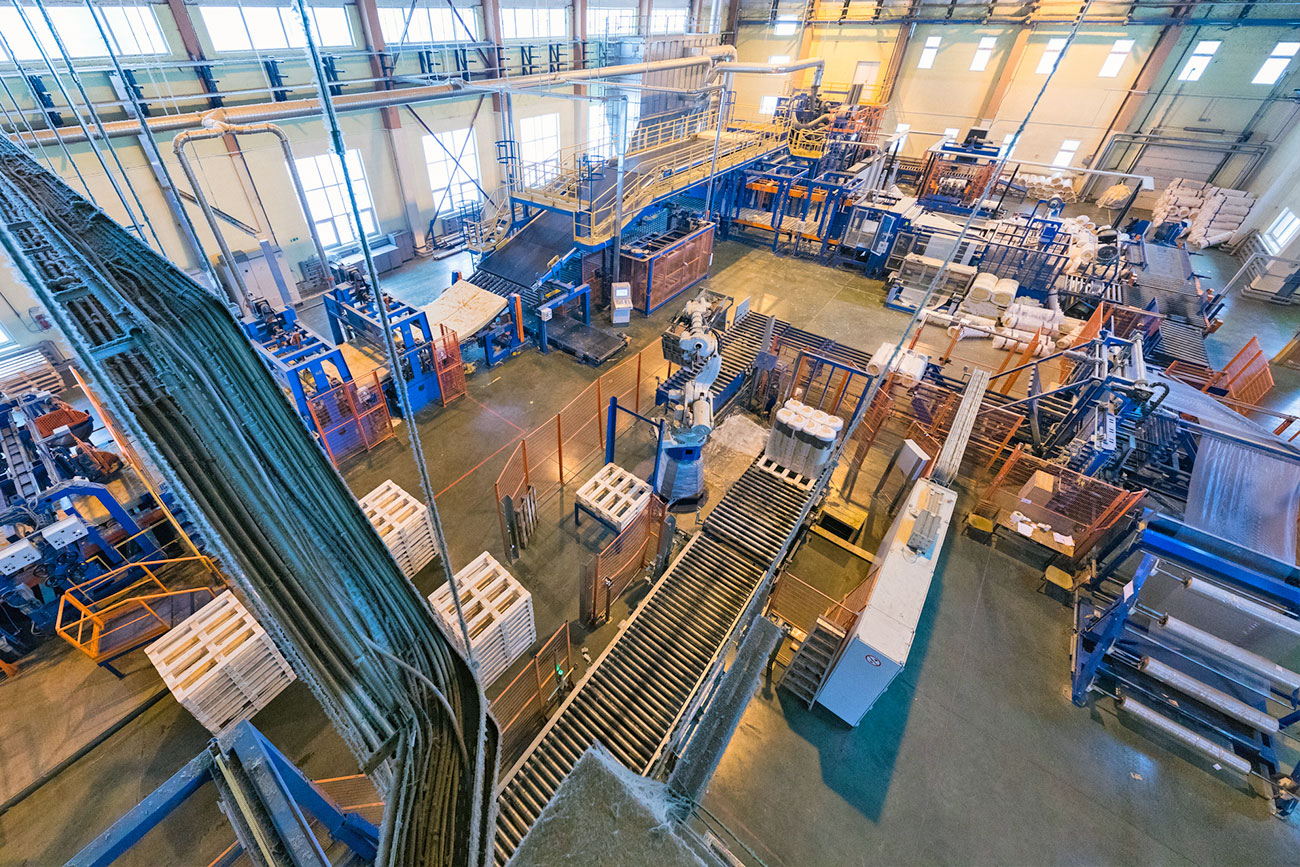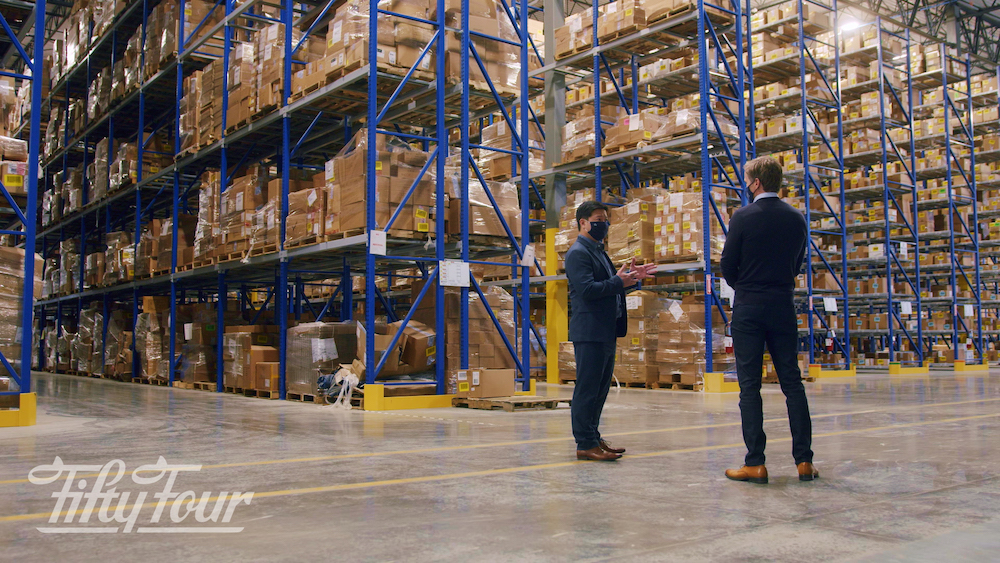
Remember the days when we had skilled labor beating down our warehouse doors for a job? How about when we could easily rent or buy new warehouse space when we needed more room for storage? People didn’t need or want a large variety of goods and products, heck there weren’t a large variety of goods and products invented or available. Yeah, those were the days, huh?
Well, as anyone in the material handling and distribution or fulfillment center warehouse industry knows, times have certainly changed. Sure, there were issues and problems with warehousing back then – and there are now. It’s just that the challenges have changed as much as the business has. So, what are your top warehouse management problems now? Let’s take a look at warehousing in the 21st century, some of the problems and some proven warehouse solutions.

Top 4 Warehouse Challenges Today
There is a direct correlation between the trip down memory lane above and today’s material handling and DC warehouse challenges. Labor and staffing shortages, a dearth of affordable – and available – space, plus an ever-increasing and ever-changing supply of goods and products to move in and out all contribute to the need for warehouse solutions we can implement. But even as the industry changes and grows, it’s best engineers and designers come up with new ways to adapt, address and implement answers that work for everyone.
-
The Labor Problem in Warehousing
There are so many aspects to the labor problem, it’s hard to imagine naming them all and finding solutions across the board. Here are some of the most common.
- A lack of skilled labor: Sometimes it seems like there’s not only a lack of skilled labor for us, there’s a lack of any labor that has the desire to put in an honest day’s work. We’ve all heard the common joke: “I showed up! You expect me to work, too?”
- The cost of labor: It’s not just the salary. It’s all the other stuff that goes along with hiring human beings, such as adhering to fair labor practices and OSHA restrictions, taxes, paying for workman’s comp, constant required training, paid leave, taxes, overtime – and did we mention taxes?
- The stress of labor: It’s constant. Will there be enough workers to fulfill your obligations? Will they steal your expensive merchandise? You cannot help but become invested to a certain degree – what happens when someone gets hurt or ends up with an injury and can no longer do their job? It’s plain stressful working with humans.
The labor challenge has certainly changed things. How do we approach accomplishing the things we need to in the material handling warehouse?
The Fix: If you haven’t adjusted your salaries and benefits to attract a higher level of committed employees, then that’s a good first move. Offering a good wage, good benefits and a flexible schedule can go a long way. And when you are ready to find a permanent solution, start introducing robotics and automation. You’ve heard it before and if you haven’t started incorporating these tools into your DC warehouse, then you’ll be left behind.
There’s an initial investment and start-up to taking these steps that may seem daunting. But the ROI is proven. Start with replacing forklifts and operators with conveyor systems. Eventually, robotics can even replace your stocking and picking operations. This is a true optimization of warehouse resources.
-
The Warehouse Space and Layout Problem
Despite our best intentions, many of us would probably like to turn the clock back and start over on our warehouse design and layout. Maybe it’s been in operation long enough for the layout to become obsolete in today’s fast-paced e-commerce world. Maybe there has been too much turnover and now it’s a mishmash of different supervisors’ visions. There are a lot of issues with a poorly-designed material handling warehouse.
- Unsafe conditions: Warehousing is inherently a dangerous profession. And when workers don’t have a good field of vision, spend an inordinate amount of time searching for products or items that are not stored properly or safely, accidents can happen.
- Inaccurate inventory: Not having a correct inventory of what’s in your material handling and DC warehouse leads to mistakes in ordering, failure to fulfill in a timely manner and mistakes in customer orders. All of these lead to problems that put you behind the competition.
- Slow throughput: An accurate and timely throughput is the goal of every functioning warehouse. Without a well thought out space design and layout, your throughput will slow down to a snail’s pace.
Designing and laying out your warehouse to its highest level is something we call finding the MaxOP – the warehouse maximum operational potential. The highest level of optimization achievable.
The Fix: If your warehouse needs help to address problems of safety, inventory accuracy and correct order fulfillment, it’s time to take a hard look and come up with a plan. You can avail yourself of professional warehouse designers who can help you get a solid start. Establishing the right success metrics is imperative in order to have a firm hand on what’s working and what isn’t. Key performance indicators need to be in place for every aspect of your material handling and DC warehouse operations.
-
The Inventory Problem
We briefly touched on how important having an accurate inventory is to a well-functioning material handling warehouse. Knowing what we have gives us a deep understanding and valuable information in a variety of areas that have direct implications on our success – and our failure. Not having this information leads to frustrating and devastating problems in your DC warehouse.
- Inbound inaccuracy: Inventory management should begin at the point of entry into your warehouse. If it doesn’t, you may wind up with the wrong items or damaged items finding a home in your warehouse.
- Outbound inaccuracy: Shipping a wrong or damaged product or not having the right product when you promised it to a customer leads to customer loss.
- Overall inaccuracy: Do you know what you need to order so you’ll have it in stock? What about products that are sitting on the shelves taking up space? Did you receive the right order?
- Wasted time (money): If you don’t have a good handle on your inventory, you are wasting valuable time with employee’s hunting for items, customer returns, restocking, and other unnecessary processes.
If you are still taking a week (or a few) every year to count everything in your warehouse by hand, you’ve fallen behind the times – and it’s costing you. Did you know that warehousers who have an accurate inventory and inbound/outbound system spend way less money on their inventory system than do those whose system is rife with mistakes and inaccuracies?
The Fix: Leave the manual processes and old-school technologies behind and invest in a warehouse management system. Even if you just dip your toes in the innovation pool and purchase an inexpensive WMS that does nothing but keep an accurate and ongoing handle on inventory, you’ll be ahead of the game.
-
The Warehouse Processes and Redundancy Problem
Whether you have a large number of various products coming into your fulfillment center warehouse in an array of shapes and sizes or your material handling warehouse carries mostly one item, such as flooring, every single item that comes in has multiple “touches”. From the time it is offloaded and received, through stocking and eventual picking, to shipping – every item goes through multiple processes. It’s easy to get redundant. And redundancy leads to major problems.
- Increased labor: If you haven’t moved to a completely automated system, you need workers to handle these items in each process.
- Gunking up the machine: Otherwise known as slowing down the well-oiled machine you envision for your warehouse.
- Increased costs: Every touch costs money – whether in actual greenbacks or in time, every process costs.
And redundancies are not just found in how you handle your goods and products. They are endemic throughout your company. How many times does one worker walk past the same stack of storage shelves to retrieve items? How many hands touched a customer’s order? What if the worker had a list of items that needed to come from one area and retrieved them all at the same time? What if the customer’s order passed through less people and with more accuracy?
The Fix: Understanding where your redundancies are can be hard when you are involved in the day to day minutiae of running your warehouse operations. Having a professional warehouse engineer take a look can provide a clear, birds eye view of where the problems exist and how to fix them. The fix may be as simple as an impartial – but knowledgeable – opinion.
Achieving Balance in Warehouse Operations
When addressing problems that challenge warehouse management, it really boils down to finding balance so your operation runs like a well-oiled machine. Optimizing your procedures, taking advantage of your positives, addressing your negatives and finding out your maximum operational potential, your MaxOP, is where we are the experts.
We use customized intralogistics solutions to get to the bottom of what’s holding you back from performing at your highest level. Our focus is on bringing your warehouse’s efficiency and productivity to new heights. Contact us today to receive an intralogistics report customized to your operations.
